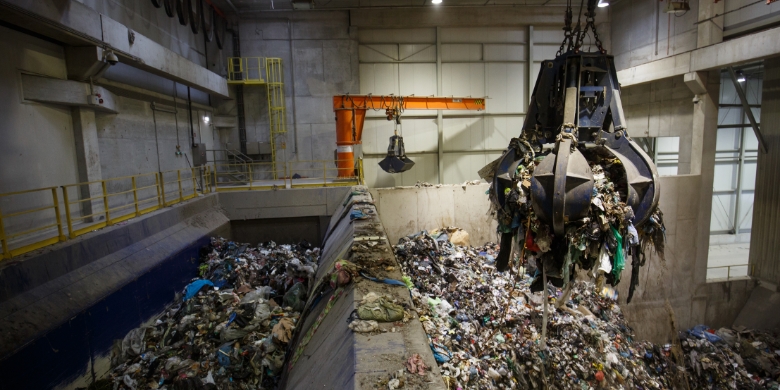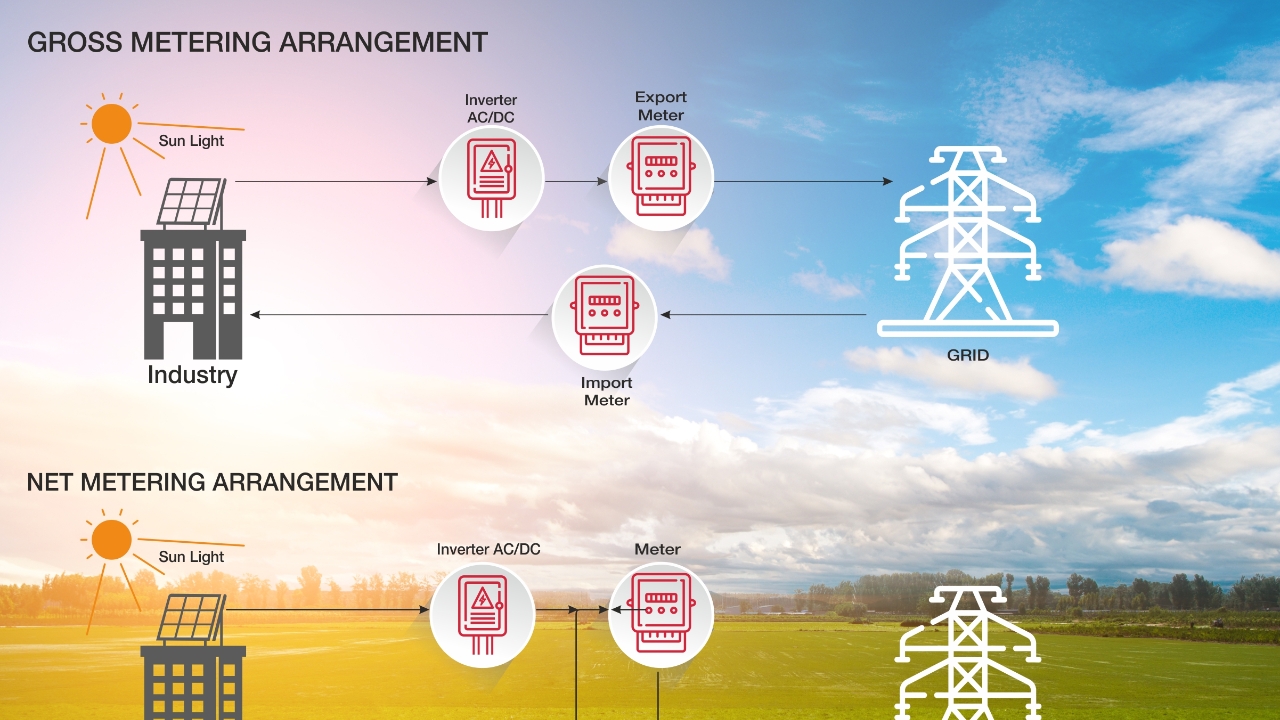Month: March 2021
How a shift from Net to Gross metering will impact rooftop solar sector
Solar power has evolved as the fastest growing energy generation technology worldwide as it is one of the most sustainable energy sources which is abundantly available and can be easily installed on rooftop and ground.
India is chasing an ambitious target of 100 GW solar power by 2022, out of which 40 GW is to be installed on rooftops. With rooftop installed base totalling to just 6 GW presently, it is critical to maintain consistent supportive policy to achieve this ambitious target.
One of the key enablers for growth of rooftop solar has been the “Net Metering” policy. However, the Ministry of Power has recently introduced regulations to implement ‘Gross Metering’ instead of ‘Net Metering’ which has raised serious concerns for rooftop solar power plant owners.
For most of industrial and residential customers, the Rooftop solar power plant generates power during sunshine hours and is consumed by electrical loads which directly offsets the net intake from Grid, leading to significant saving in electricity bills. However, in some cases when there is no consumption of power generated by the Solar PV System or when the plant is not consuming any power during holidays, the excess power can be fed back to the grid on a metered connection called Net Metering. This ensures that the excess power transmitted to the grid can be adjusted from the net billing units in subsequent electricity bills.
Net metering uses a single, bi-directional meter that measures the current flowing in two directions. Most states in India use the net metering framework to promote rooftop Solar PV power plant that has enabled a wide adoption of this solar technology.
This was certainly an advantage to the industrial customer who pays high tariff but on the other side was a loss to the state DISCOMS (Distribution companies) who have to part with a share of their revenue coming from energy intensive customer.
Considering the above challenges, the Government has introduced Gross Metering. The new rules prescribe net metering for rooftop solar projects up to 10 kW and gross metering for projects with loads above 10 kW. Under Gross metering, a consumer is compensated at a fixed feed-in-tariff for the total number of units of solar energy generated and exported to the grid measured by a separate unidirectional ‘gross meter’ and must pay the DISCOM at retail supply tariff for the electricity consumed from the grid. The feed-in-tariff is decided by the respective state nodal agencies for the electricity injected into the grid.
The typical feed-in-tariff is expected to be in the range of INR 2.5-3.5/KWh whereas the market prices for PPA (power purchase agreement) signed by customer with renewable energy companies is in the INR 3.5-4.0/KWh range. The significantly lower realisation per unit will drive down the return on investment and deter investors and organizations from setting up further rooftop solar capacity. Commercial and industrial customers have been the key drivers of rooftop solar power growth. In the absence of a net metering policy, they would not find it lucrative to set up such projects.
One proposed solution is net feed-in arrangement where the units generated by the customer for self-consumption are deducted from the total units used from grid and the surplus power exported to grid is credited at the feed-in-tariff determined by the regulators. This helps the customers in lowering their energy cost whereas DISCOMs are not forced to purchase surplus power at a higher rate from rooftop power plants.
There is a need to achieve balance between the twin objectives of increasing share of renewable energy and improving the health of DISCOMs. The industry and the regulators need to come on a common ground and adopt a mutually agreeable solution. To meet our climate objectives, a shift to future dominated by renewable energy is unavoidable. However, it is equally important to manage this transition well so that solar energy companies and all other stakeholders of the energy sector emerge profitable and sustainable.





